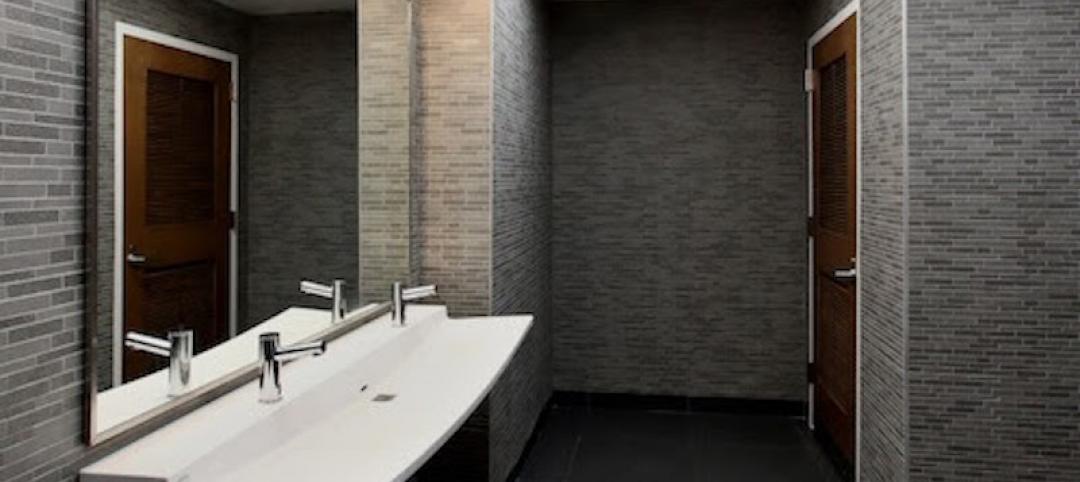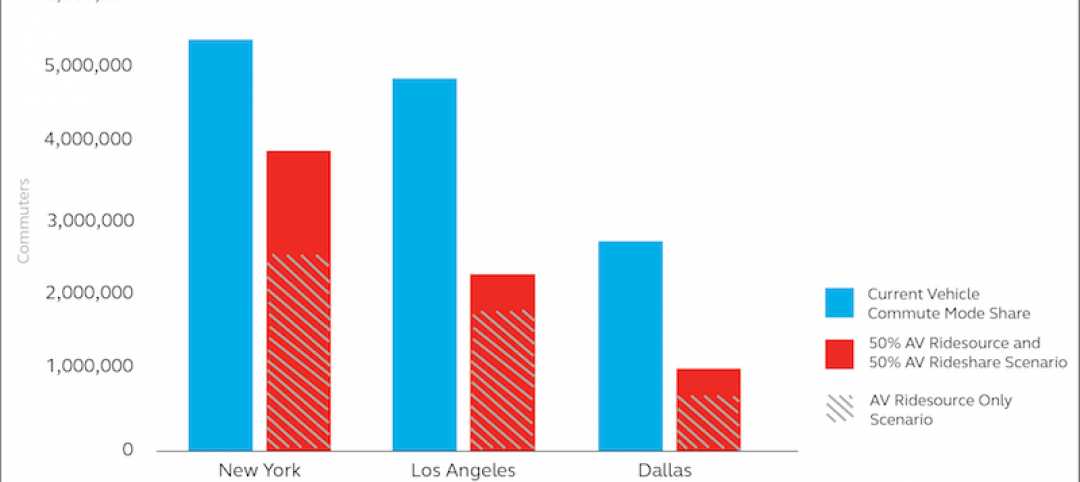Overall expenses per multifamily unit rose to $8,950, a 7.1% increase year-over-year (YOY) as of January 2024, according to an examination of more than 20,000 properties analyzed by Yardi Matrix.
According to the March 2024 Matrix Research Bulletin for Multifamily Expenses, expense growth for multifamily properties was led by property insurance (up 27.7% YOY), marketing (12.3%), administrative costs (9.6%), and repairs and maintenance (8.8%).
Driven by inflationary pressures, total expenses at multifamily properties have “increased rapidly” in the past two years, peaking at 8.7% in 2022, the report states. This is compared to the average annual expense growth of 4.9% in 2021, 1.6% in 2020, 3.6% in 2019, and 3.8% in 2018.
Multifamily Expenses Rising, Led by Insurance
Insurance costs per unit continue to rise, and have increased 129% nationally since 2018. The current property insurance costs per unit are now at an average of $636.

While property insurance makes up just 7% of total expenses for properties, it's becoming a growing concern especially in the Southeast and other regions prone to severe weather events. In these high-risk areas prone to hurricanes, floods, and fires, obtaining insurance is becoming increasingly difficult.
The study showed that multifamily properties were still profitable in 2023, despite rising expenses. This is because income growth outpaced expenses. On average, gross income per unit increased by $1,056 nationally, while expenses only grew by $593, resulting in a $463 increase in net operating income (NOI).
Yardi Matrix forecasts that asking rents will increase by 1.8% during 2024, and we can expect renewal rent growth will continue to decelerate.
Related Stories
Market Data | May 1, 2017
Nonresidential Fixed Investment surges despite sluggish economic in first quarter
Real gross domestic product (GDP) expanded 0.7 percent on a seasonally adjusted annualized rate during the first three months of the year.
Industry Research | Apr 28, 2017
A/E Industry lacks planning, but still spending large on hiring
The average 200-person A/E Firm is spending $200,000 on hiring, and not budgeting at all.
Architects | Apr 27, 2017
Number of U.S. architects holds steady, while professional mobility increases
New data from NCARB reveals that while the number of architects remains consistent, practitioners are looking to get licensed in multiple states.
Market Data | Apr 6, 2017
Architecture marketing: 5 tools to measure success
We’ve identified five architecture marketing tools that will help your firm evaluate if it’s on the track to more leads, higher growth, and broader brand visibility.
Market Data | Apr 3, 2017
Public nonresidential construction spending rebounds; overall spending unchanged in February
The segment totaled $701.9 billion on a seasonally adjusted annualized rate for the month, marking the seventh consecutive month in which nonresidential spending sat above the $700 billion threshold.
Market Data | Mar 29, 2017
Contractor confidence ends 2016 down but still in positive territory
Although all three diffusion indices in the survey fell by more than five points they remain well above the threshold of 50, which signals that construction activity will continue to be one of the few significant drivers of economic growth.
Industry Research | Mar 24, 2017
The business costs and benefits of restroom maintenance
Businesses that have pleasant, well-maintained restrooms can turn into customer magnets.
Industry Research | Mar 22, 2017
Progress on addressing US infrastructure gap likely to be slow despite calls to action
Due to a lack of bipartisan agreement over funding mechanisms, as well as regulatory hurdles and practical constraints, Moody’s expects additional spending to be modest in 2017 and 2018.
Industry Research | Mar 21, 2017
Staff recruitment and retention is main concern among respondents of State of Senior Living 2017 survey
The survey asks respondents to share their expertise and insights on Baby Boomer expectations, healthcare reform, staff recruitment and retention, for-profit competitive growth, and the needs of middle-income residents.
Industry Research | Mar 14, 2017
6 ways cities can prepare for a driverless future
A new report estimates 7 million drivers will shift to autonomous vehicles in 3 U.S. cities.


















